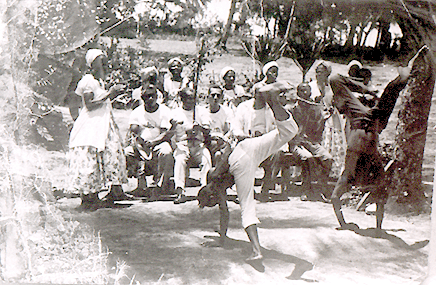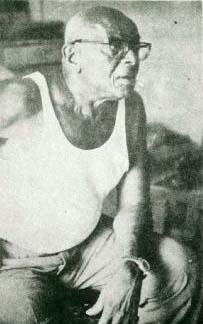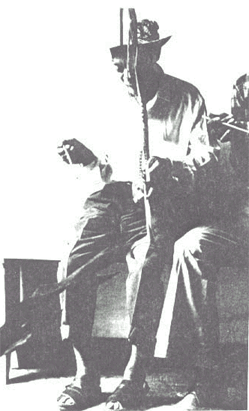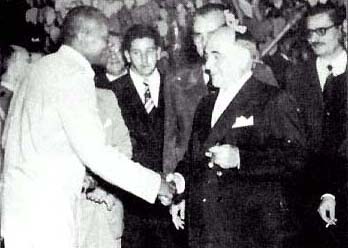|
What is Capoeira? Capoeira
is an art that develops strength, grace, and confidence.
It is a unique Brazilian discipline that combines elements
of self-defense, dance, music, acrobatics and technique. It is a game that requires focus, commitment, constant movement
and interaction. Capoeira is practiced worldwide as a revered art form. The sport attracts participants of all ages as it emphasizes on physical training, improvisation and creative self-expression. Our group focuses on preserving the roots of Capoeira Regional in accordance with the traditional style of Mestre Bimba.
|
||||||||||||
 |
||||||||||||
HistoryThe art of capoeira
was born over 400 years ago in Brazil as a martial art combining
traditional African elements of music and dance.
The African slaves of Brazil developed it as a means of survival
and freedom. It is
estimated that over 2 million slaves were brought from different
regions of Africa to Brazil.
They were then dispersed into three ports of Brazil, Bahia,
Recife and Rio de Janeiro.
Organization amongst the slaves was sometimes difficult because
many were from enemy tribes in Africa.
The slaves began to run away to escape the oppression of
slavery. They fled
into the jungles forming secret societies known as Quilombos.
Here, the African tribes were able to put their differences
aside and unite to fight for a common interest, FREEDOM. They developed
a fighting technique called “jungle war” or ambush, in which capoeira
was the key element in staging the unexpected revolts.
They began to help free other slaves and disrupt the involuntary
work force of the plantations.
Capoeira was effective as a means of combat, defense and
escape. Seen as a threat
to the officials, capoeira became outlawed and punishable by death.
They were only able to maintain their martial art by disguising
it as a folk-dance. Their
clever tactic of disguising self-defense movements within the framework
of song and dance proved effective.
While it looked like a celebration, the slaves were really
planning their liberation.
In the beginning
there were very few records of capoeira, as most material had been
destroyed. The earliest
records of capoeira as a martial art date back to 1770, no further
written accounts of capoeira are found until the 1800’s in police
reports deeming capoeiristas as outlaws.
Although slavery was abolished in 1888, capoeira remained
illegal for many years. Despite
the many attempts to prohibit the practice of capoeira, the original
form of the art remained intact. There are two notable pioneers of capoeira, who played roles in preserving the art;
|
||||||||||||
 Mestre Bimba |
 Mestre Pastinha |
|||||||||||
|
Both Mestres practiced
the original style of Capoeira Angola (the slower paced game
that is played close to the ground).
Mestre Bimba began combining elements of Capoeira Angola
and Batuque (a particular dance that his father was a champion of). It is said that Mestre Bimba developed his flow from this dance.
He was tired of seeing people play so close to the ground,
so he created his own style, Capoeira Regional, which is
a faster game of capoeira.
Capoeira became recognized as a folk-dance gaining the attention of influential politicians. On June 23, 1953 Mestre Bimba was invited by president Getúlio Vargas to perform in the capitol (of Bahia at that time) at Palácio da Aclamação. The performance was a ground- breaking success, which led to the legalization of capoeira. The president stated that capoeira was “an authentic Brazilian contribution of physical education” and that it “should be considered a national sport of Brazil.”
|
||||||||||||
 |
||||||||||||